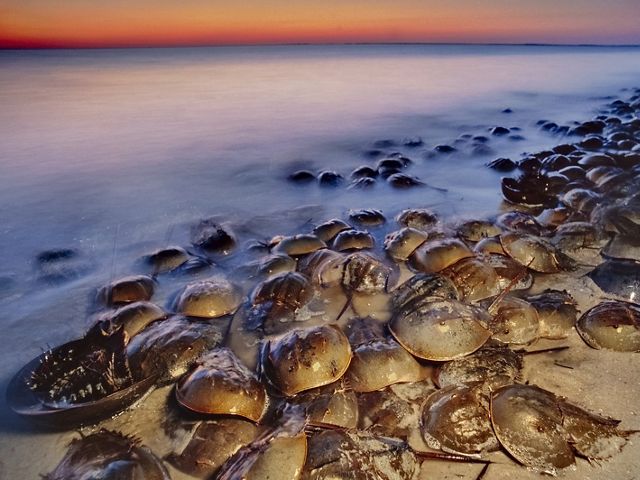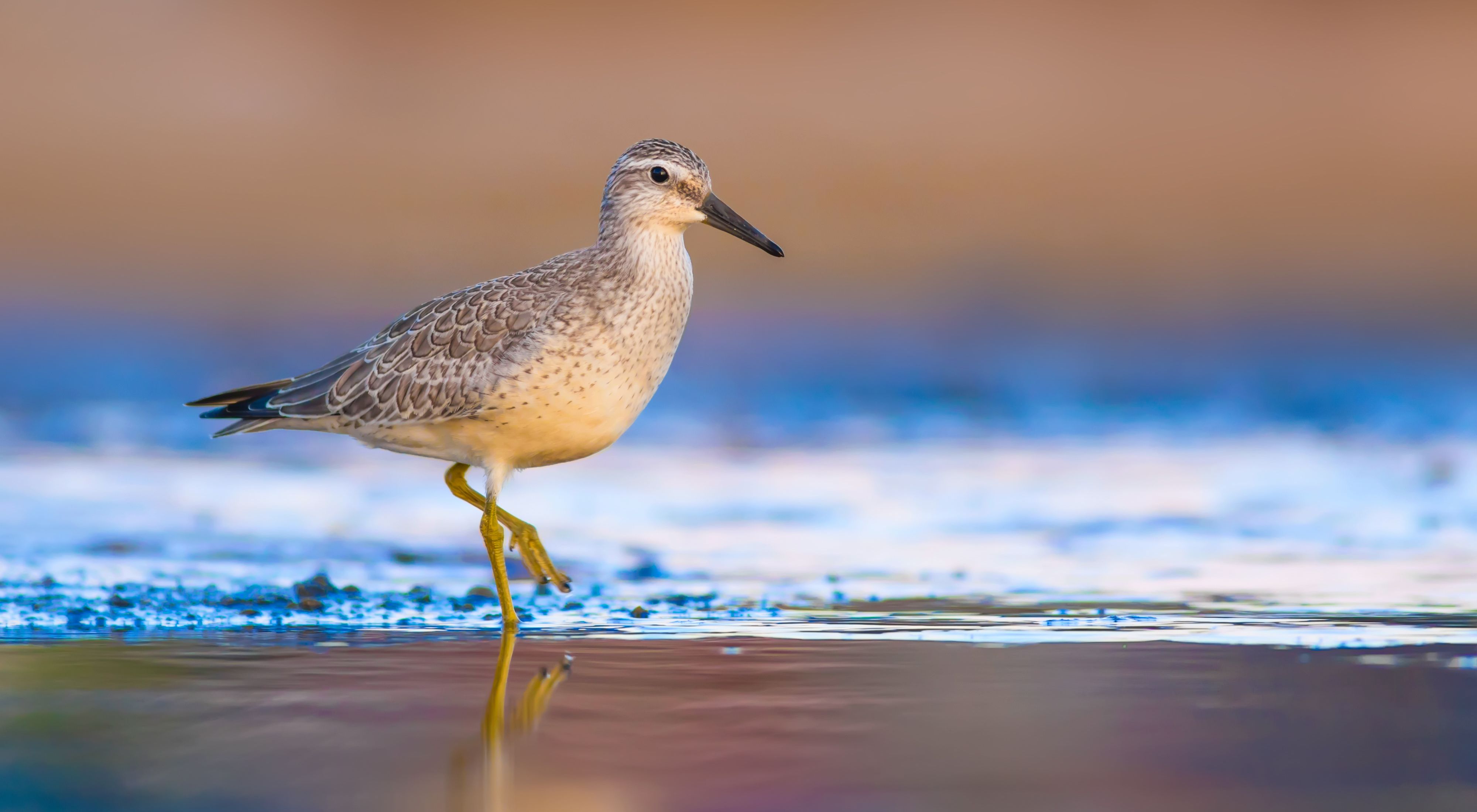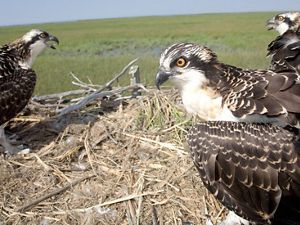Must-See Migration
One bird stands out from the rest for its truly epic annual migration: the red knot.
A breathtaking display occurs each spring along the Delaware Bay in New Jersey—a phenomenon not seen anywhere else in the world.
Hundreds of thousands of shorebirds—including sandpipers, sanderlings and ruddy turnstones—converge on the shores of the Bay as part of an annual migration to their summer breeding grounds in the far away Arctic.
However, one bird stands out from the rest for its truly epic annual migration: the red knot.
Red knots fly more than 9,000 miles from south to north every spring and repeat the trip in reverse every autumn, making this bird one of the longest-distance migrants in the animal kingdom.
The farthest flung red knot populations spend the winter at the southern tip of South America, in Tierra del Fuego. Come spring, they’re on their way to the Arctic where they breed during the short Arctic summer. The Delaware Bay is the final and most critical rest stop for these migratory birds.
They arrive to the Bayshores in early May, famished and half their departure weight after their long journey northward. Their arrival coincides with the annual horseshoe crab spawning in the Delaware Bay. During May and June of each year thousands of horseshoe crabs emerge from the depths of the Bay to spawn along the shoreline. Red knots, relying on masses of tiny, green horseshoe crab eggs on the beach, descend on the Delaware Bayshores and gorge themselves for about one month in preparation for the final leg of their journey to their Arctic breeding grounds.

Imagine hundreds of thousands of shorebirds descending on the beaches to feast on the billion of horseshoe crab eggs waiting for them on the beach—if there ever were a must-see migration this is it. The Nature Conservancy of New Jersey owns several nature preserves along the Delaware Bay, created specifically to protect crucial stopover habitat for migrating shorebirds like the Red Knot.
Places like The Conservancy’s South Cape May Meadows and Gandy’s Beach Preserve, ensure that migratory birds will continue to find a sanctuary to rest and refuel along the Delaware Bayshores.

The Delaware Bay
The Delaware Bay's beaches, wetlands, and forests provide vital feeding and resting grounds at one of the Earth’s most important stopovers for migratory birds. More than 100 species of migratory and nesting birds visit portions of this landscape throughout the year, including waterfowl, raptors, shorebirds and songbirds.
Scientists have recently identified the Delaware Bay as a coastal stronghold that can protect people and nature from rising sea levels. The Delaware Bay's beaches and tidal marshes, for example, can shield communities from storm surges while also providing nursing grounds for wildlife. Salt marshes rival forests in carbon storage and the sandy beaches serve as breeding grounds for rare species while supporting local tourism economies.
This study gives us hope that both people and nature can adapt to sea level rise, but we need to protect these special landscapes so they can protect us. You can help us protect these critical lands and waters.


